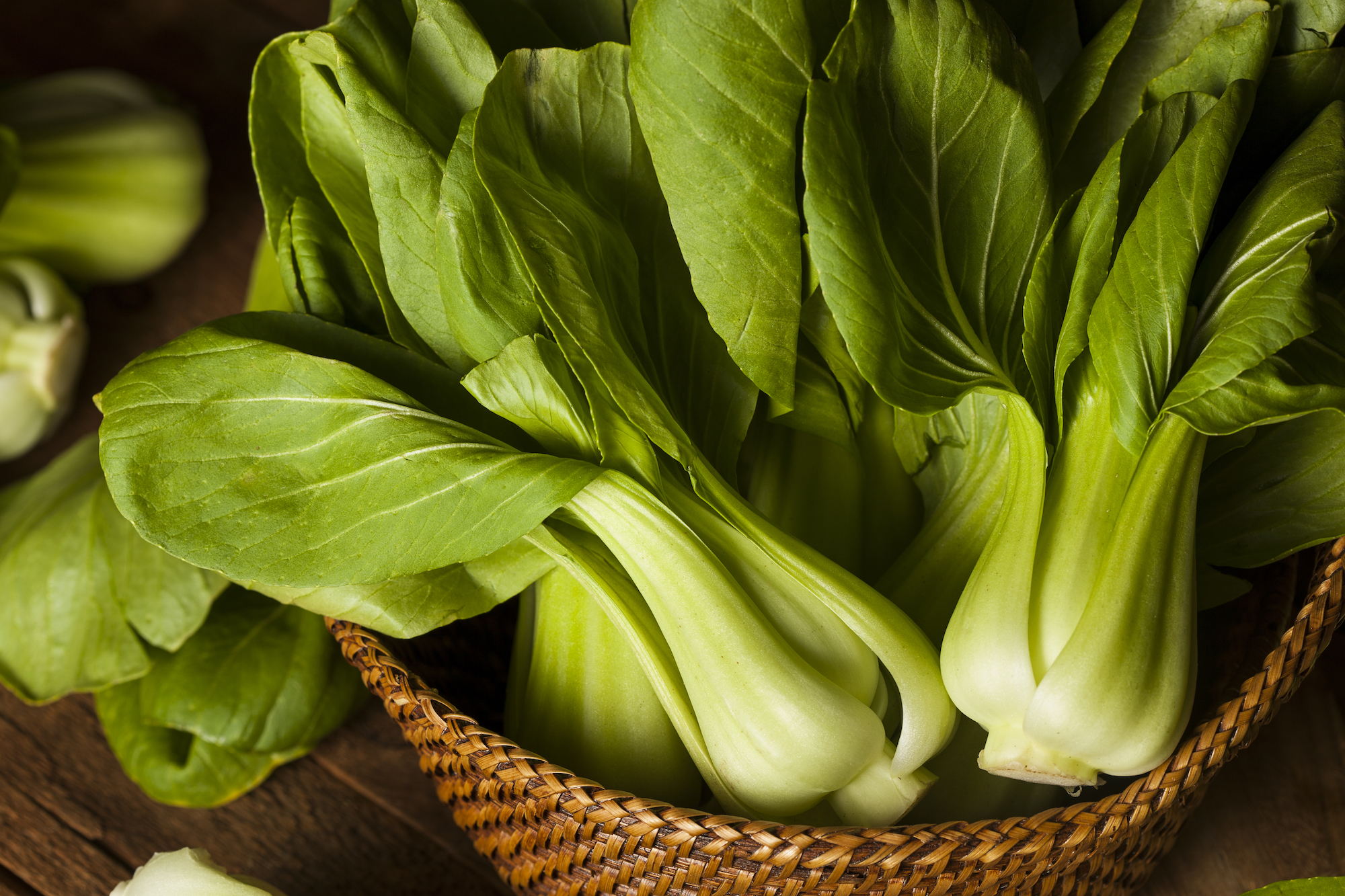
Photo Credit
CreativeFire/Shutterstock
Also receive the Almanac Daily newsletter including gardening tips, weather, astronomical events, and more.
No content available.
Subhead
Planting, Growing, and Harvesting Bok Choy
Read Next
Gardening Products
ADVERTISEMENT
Comments
Add a Comment
How deep of a container would be needed to grow bok choy?
Hi, Dan. It would be best to grow your bok choy in a container that is 20 inches deep with a width of at least 12 inches.
Thanks. That is deeper than I expected. Good info.
I would love to see tips on storage for freshly harvested veggies, such as bok choy, carrots, and others
Thanks, Cheryl!
Check out this article about storing fresh veggies.










